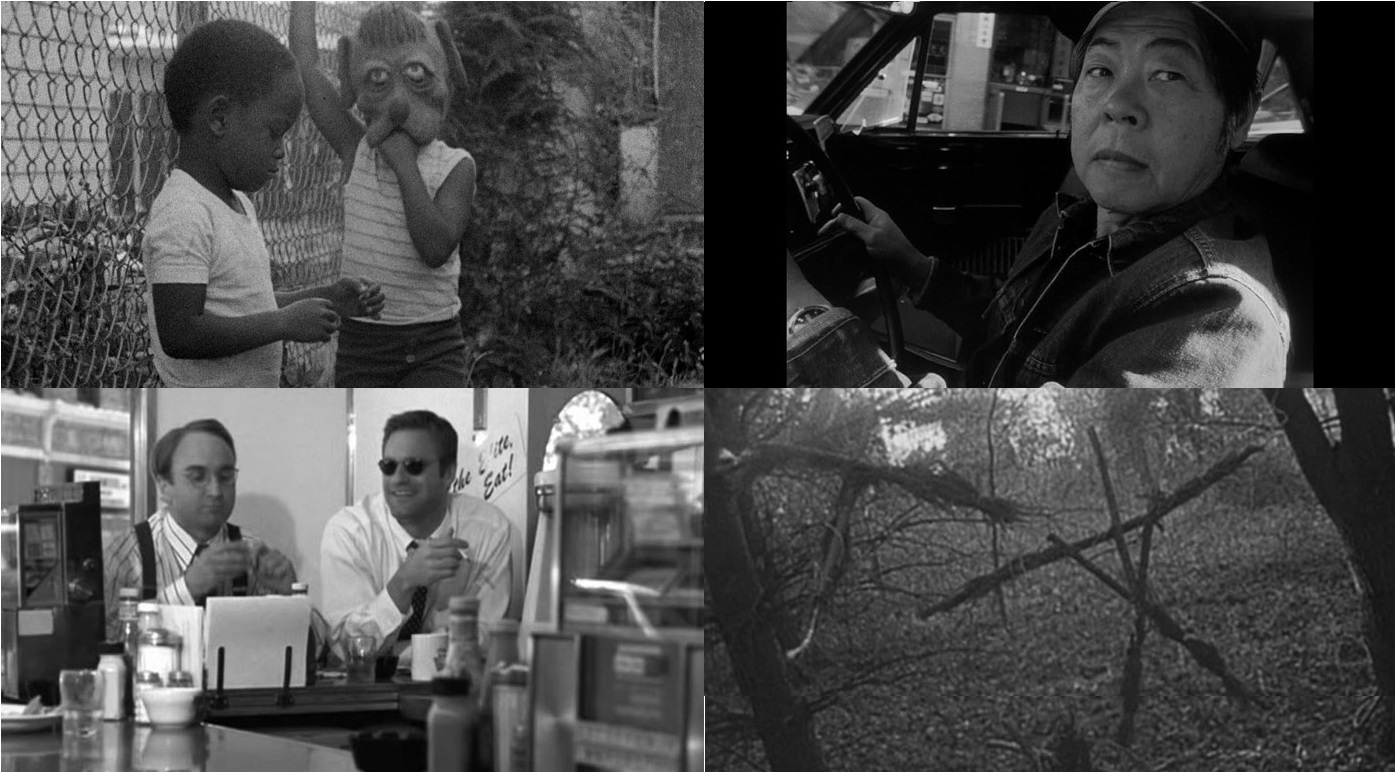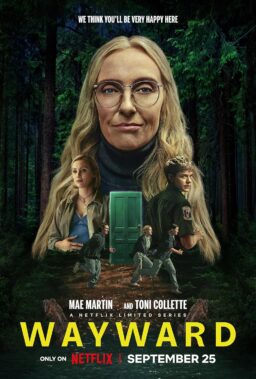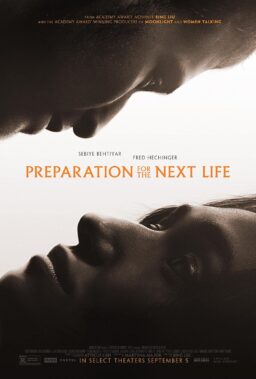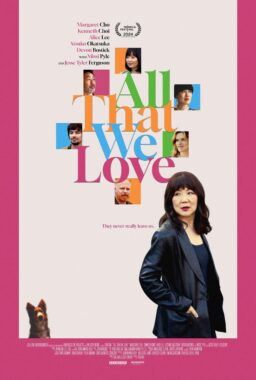In an age of pricey blockbusters, moviegoers hardly bat an eye when they hear that the latest action extravaganza cost $250 million. (Last year, “Indiana Jones and the Dial of Destiny” and “Mission: Impossible — Dead Reckoning Part One” both spent close to $300 million.) Such is the reality of modern Hollywood that a film like “Oppenheimer” can be praised for, among its many other attributes, director Christopher Nolan and producer Emma Thomas’ frugality—that three-hour, effects-laden epic cost “only” $100 million.
And yet, at a time when studios are spending more and more on fewer and fewer pictures, there remains a small pocket of filmmakers who do the seemingly impossible, cobbling together tiny amounts of money to create great films. The Independent Spirit Awards honor some of these gems each year with their John Cassavetes Award, its nominees having made movies that cost less than a million dollars. But for some auteurs, even that’s an exorbitant budget—if they spend more than $50,000, that’s extravagant.
This past weekend, the comedy “Dad & Step-Dad” made its debut on VOD. Directed by Tynan DeLong, and co-written by DeLong, Colin Burgess and Anthony Oberbeck, the film stars Burgess and Oberbeck as rival fathers who spend a weekend in the woods battling for dad supremacy with their shared son.
The heavily improvised comedy has made news because it only cost $18,000 to shoot, an absurdly low amount, putting “Dad & Step-Dad” in rarefied company. In the 1990s, Sundance darlings like “Clerks” were shot on shoestrings, becoming overnight indie sensations in the process. But such stories are the exceptions, and it inspired me to come up with a ranking of the 10 best films made for less than $50,000.
Of course, there need to be some caveats to such a list. I’m only talking about how much it cost to shoot the film—many of the most famous no-budget indies racked up additional expenses because of post-production costs, a pricey sound mix or licensing song rights. And there can be contradictory information about a particular classic indie’s budget. (Without accusing anyone of fudging numbers, let’s just say that, in some cases, it behooved a director to under-report his masterpiece’s budget in order to make himself seem even more like a genius: “Oh my god, you only spent ___ and it turned out this great?!?”) Also, we need to acknowledge that $50,000 went further in 1982, say, than in 1992 due to inflation. But in the end, I could only go by the numbers I’ve seen reported elsewhere to determine which films qualified.
While compiling these rankings, two things became obvious. The first is that every one of the 10 was a debut—or, the first time the filmmaker had done a solo feature. Every auteur has to start somewhere, and in these cases, it was with almost no budget. The second is that several of these pictures are from artists of color, an indication that non-white filmmakers have had to learn how to scrape together whatever resources they could find, presumably not always having access to funding that their white peers enjoyed. (Along those lines, it’s worth pointing out there isn’t a single female director on this list.)
With those observations, limitations and realities noted, here’s a salute to those filmmakers who did a lot with a little.
10. “Tarnation” (2003)
Jonathan Caouette sought to make sense of his difficult upbringing and the mentally troubled mother he loved so dearly. And so, he started to create a collage out of the home movies, photos and voicemail messages that he had saved, telling both his story and hers. “Tarnation” was a sensation, hailed at the time for its experimental, deeply personal approach to non-narrative cinema. For audiences, it was a raw, cathartic experience—almost as if we were watching something so nakedly confessional that we shouldn’t be seeing—and the process of putting together this testament of suffering and self-discovery was just as traumatic for Caouette. “The whole time I was editing the film,” he said, “there were tears coming and there was this pulling coming from my stomach—it was unlike anything I’d ever experienced.”
9. “El Mariachi” (1992)
For film students in the 1990s, “El Mariachi” was regarded with awe—this deliriously entertaining action movie made for peanuts. Serving as his own composer and editor, writer-director Robert Rodriguez fashioned a low-budget lark about a humble musician (Carlos Gallardo) who comes to town, only to be confused for a dangerous criminal by local assassins hired to kill the guy. That mix-up leads to inspired shootouts and a full-throttled love of pulp moviemaking. It was inevitable that Rodriguez would soon become best buddies with fellow grindhouse-cinema aficionado Quentin Tarantino—or that Rodriguez would continue to make films with this childlike glee for the rest of his career.
8. “Slacker” (1990)
“Nobody talked about it at the time,” filmmaker Richard Linklater once said, “but looking back, I do think that that period—the early 1990s—was the heyday for American independent movies.” His feature-length debut had a lot to do with that: “Slacker” didn’t just put the Austin auteur on the map, it suggested a new way of thinking about indie films. There is no main character in “Slacker,” just a collection of random individuals living their lives and spouting their philosophies, the camera constantly following whoever next attracts its attention. The freewheeling spirit of Robert Altman’s 1970s big-ensemble pictures, like “Nashville,” helped inform “Slacker,” but Linklater’s oddballs seemed to represent something new—a strange, undiscovered American subculture just waiting to bust loose. And, in a sense, they did: Linklater turned his hometown’s “Keep Austin Weird” motto into a cool new cinematic aesthetic.
7. “Following” (1998)
Because Christopher Nolan is so beloved for his polished, big-budget productions, it might be a bit of a shock to go back and watch his debut, which is comparably lo-fi but still ingenious, telling the story of a struggling writer who walks around town in the hopes of spying on people whose lives might prompt ideas for his novel. This taut thriller came to Nolan because of a similar experience: “You’d go out of your flat, and you’d be surrounded by people,” he said in 2012. “I became interested in the idea of looking at individuals and saying, ‘What’s that person’s story?’” Being a Nolan film, “Following” has its share of twists and jagged chronology, but even working on a shoestring, his dazzling debut (shot in black and white) already contains the DNA of the even greater films to come.
6. “Medicine for Melancholy” (2008)
Before Barry Jenkins shook up the world with “Moonlight,” he wrote and directed this lovely, intimate San Francisco-set story about two strangers who hooked up at a party, chronicling how they spend that next awkward day together. Wyatt Cenac and Tracey Heggins have a casual, sexy rapport as their characters’ conversation moves from race to relationships, the two of them getting to know one another right along with us in the audience. “Medicine for Melancholy” was a promising debut, and fans had to wait nearly a decade for Jenkins’ sophomore effort. The rest is history.
5. “Primer” (2004)
First-time filmmaker Shane Carruth worked as a software engineer before doing nearly everything on this mind-bending sci-fi drama about two engineers who accidentally create a time-travel machine. (To wit: He wrote, directed, produced, edited and scored “Primer”—not to mention played one of the two leads.) This Sundance phenomenon, which won the U.S. Grand Jury Prize, argued that ingenuity was more important than special effects, creating a fascinating narrative labyrinth in which these men slowly discover that, no matter how smart they think they are, the implications of time travel will ultimately prove their undoing. For a while, Carruth seemed to be one of the 21st century’s most exciting up-and-coming auteurs—his follow-up “Upstream Color” is also superb—until his alleged history of abhorrent behavior toward women became public.
4. “Chan Is Missing” (1982)
It’s tricky enough to make a movie without a lot of money—this early film from “Joy Luck Club” director Wayne Wang had an extra level of difficulty because of the complexity he brought to the storytelling. “It was consistent with what Godard was saying,” Wang explained of his mindset going into “Chan Is Missing.” “Why should we spoon-feed an audience? Why should we make it so obvious for an audience? Why not show them something and lead them through an activity, so to speak, and then they would find their own answer?”
And so we meet Jo (Wood Moy) and his nephew Steve (Marc Hayashi), who go looking for Chan, their missing friend who owes them money. However, be warned: This is less of a thriller than it is a funny, touching study of cultural identity and San Francisco’s Chinatown community. Fittingly for a film that playfully and thoughtfully subverts genre expectations, Chan is never found in “Chan Is Missing”—unlike this groundbreaking Asian-American film, which certainly left its mark.
3. “The Blair Witch Project” (1999)
Different reports have put this horror movie’s shooting budget above or below $50,000. (Co-director Eduardo Sánchez has said, “[T]he original budget to get the film in the can was probably between $20,000 and $25,000. Then, once we got to Sundance to make a print and do a sound mix, we were probably more in the neighborhood of $100,000.”) But if I can be allowed a little leniency, “The Blair Witch Project” deserves to be on this list because of how much it symbolizes the DIY aesthetic that powers so many shoestring indies.
You’ve probably heard the stories: how Sánchez and co-director Daniel Myrick brought their film to Park City, some initial audiences thinking it was actually a documentary built around the footage left behind by filmmakers who went missing while exploring a local legend regarding the so-called Blair Witch, who resides in the forests of Maryland. In fact, it was a heavily improvised thriller (starring Heather Donahue, Michael Williams and Joshua Leonard) that helped popularize the found-footage horror genre. Even if you know it’s all an act, “The Blair Witch Project” terrifies because it feels so real. All these years later—and despite the substandard sequels that have come since—it still does.
2. “In the Company of Men” (1997)
In the mid-1990s, playwright Neil LaBute was itching to direct his first film. “[I] was seeing these stories of people at Sundance: ‘I made a $25,000 movie and I used my credit cards and I went and I put my money in Atlantic City on a roulette wheel,’” he recalled, later adding, “Maybe [these stories] were manufactured—maybe half of them were real—but they fueled me: ‘Well, shit, I can do that.’” What he came up with remains one of the great Sundance premieres, a defining movie of the American independent scene of the 1990s, and a prescient commentary on toxic masculinity and abusive work culture.
“In the Company of Men” stars Aaron Eckhart and Matt Malloy as cynical white-collar workers who are temporarily assigned to their company’s Midwest office, deciding to pass the time by tricking a beautiful, deaf coworker, Christine (Stacy Edwards), into thinking that they’re in love with her—only to pull the rug out from under her once she falls for them. Brutally funny and witheringly contemptuous of white male privilege, “In the Company of Men” has lost none of its corrosive sting decades later. LaBute never came close to topping it—but nobody else has, either.
1. “Killer of Sheep” (1978)
Charles Burnett wasn’t born in Los Angeles—he moved from Mississippi to Watts as an infant with his family—but his first feature remains one of the city’s defining cinematic landmarks. “Killer of Sheep” was his master’s thesis at UCLA, telling the story of a hard-working father (Henry G. Sanders) whose job in a slaughterhouse is slowly destroying him mentally. Examining the man’s unraveling, alongside a portrait of his family and friends, Burnett reportedly made this quiet drama for about $10,000, although it took decades for the film to finally secure a proper release. When “Killer of Sheep” finally did in 2007, it was rightly hailed, and it currently sits tied at No. 43 on the Sight & Sound critics’ list of the greatest films ever made.
This pillar of Black American film came about, in part, because of the anarchic spirit among UCLA’s film students during the late 1960s and early 1970s. “[T]here was dialogue and there was always disagreement. The end-of-the-quarter screenings were a rite of passage,” he later recalled. “Making films taught us to be independent, to do everything ourselves, and reinforced the anti-Hollywood feeling. It also forced us to come up with our own ideas. Now everything is so derivative, but at UCLA the attitude was, ‘Have we seen it before? You’re in trouble.’”
No one had seen working-class life portrayed with such poetry, beauty and despair as it was in “Killer of Sheep.” Burnett’s low budget didn’t keep him from realizing his vision—even if, initially, he had conceived the film as the first part of a trilogy. “Killer of Sheep” demonstrates how limitless resources matter less than the will and the artistry to make something extraordinary. Filmed on weekends with mostly nonprofessional actors, this may be as close as America got to the neorealist classics of postwar Italy. It’s a movie that remains underseen, its power to startle undiminished, its excellence unquestioned.












